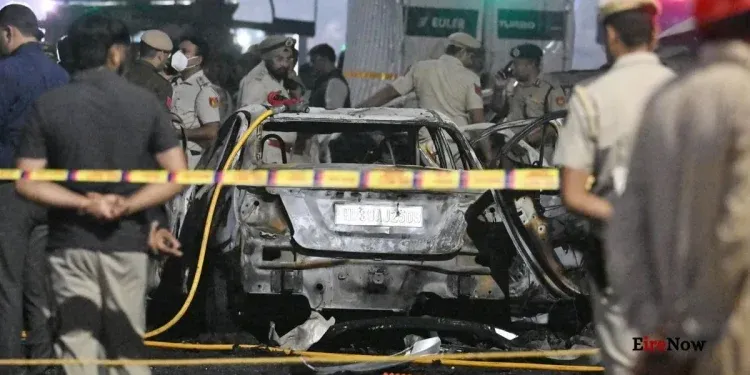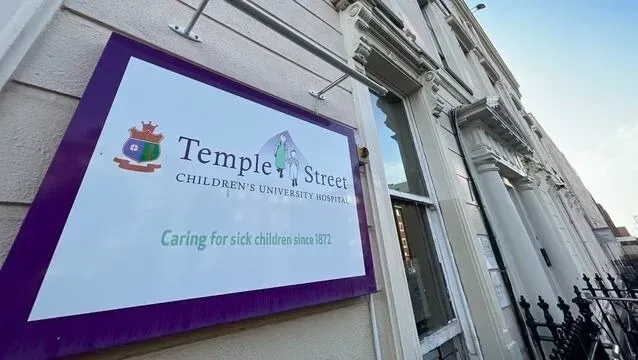New Delhi, INDIA: In a development that has sent shockwaves across the nation’s capital, Delhi Police on Tuesday registered a case under the Unlawful Activities (Prevention) Act (UAPA) and the Explosives Act following a high-intensity car blast near the historic Red Fort Metro Station on Monday evening. The incident, now treated as a potential terror attack, claimed at least nine lives and left over 20 people injured.
The explosion occurred around 6:52 PM in a slow-moving Hyundai i20 hatchback at the Subhash Marg traffic signal, close to Gate No. 1 of the metro station. The sheer force of the blast instantly set the vehicle and several nearby cars, auto-rickshaws, and motorcycles ablaze, leading to the high casualty count among commuters and pedestrians.
India’s National Response and Security Implications
The attack, coming on the heels of a massive terror module bust in Faridabad where 2,900 kg of explosives were seized, has triggered a high-level response and a nationwide security alert.
- Political Condemnation and Action: Prime Minister Narendra Modi and Union Home Minister Amit Shah reviewed the situation. PM Modi expressed deep condolences to the bereaved families. Home Minister Shah visited the blast site and the injured at LNJP Hospital, assuring that “all possibilities” will be explored in the investigation. Delhi CM Rekha Gupta also appealed for peace and asked residents to avoid rumours.
- Nationwide High Alert: Following directives from the Ministry of Home Affairs, the Central Industrial Security Force (CISF) has issued a high alert for all key installations across India. This includes all major airports, the Delhi Metro Rail network, vital government buildings, and heritage sites.
- Inter-State Vigilance: States neighboring Delhi, including Uttar Pradesh, Haryana, Punjab, and major metropolitan cities like Mumbai and Kolkata, have been placed on high alert with instructions to intensify surveillance, conduct thorough vehicle checks, and increase patrolling in crowded and sensitive areas.
- Investigative Coordination: A joint team of the National Investigation Agency (NIA), National Security Guard (NSG) commandos, and Forensic Science Laboratory (FSL) experts are leading the probe. They are operating on the suspicion of a link with the recently busted terror module, where a key suspect, Dr. Mohammed Umar, is believed to have been inside the explosive-laden car.
The incident underscores a serious national security challenge, prompting central and state agencies to enhance coordination and counter-terrorism measures across the country.







